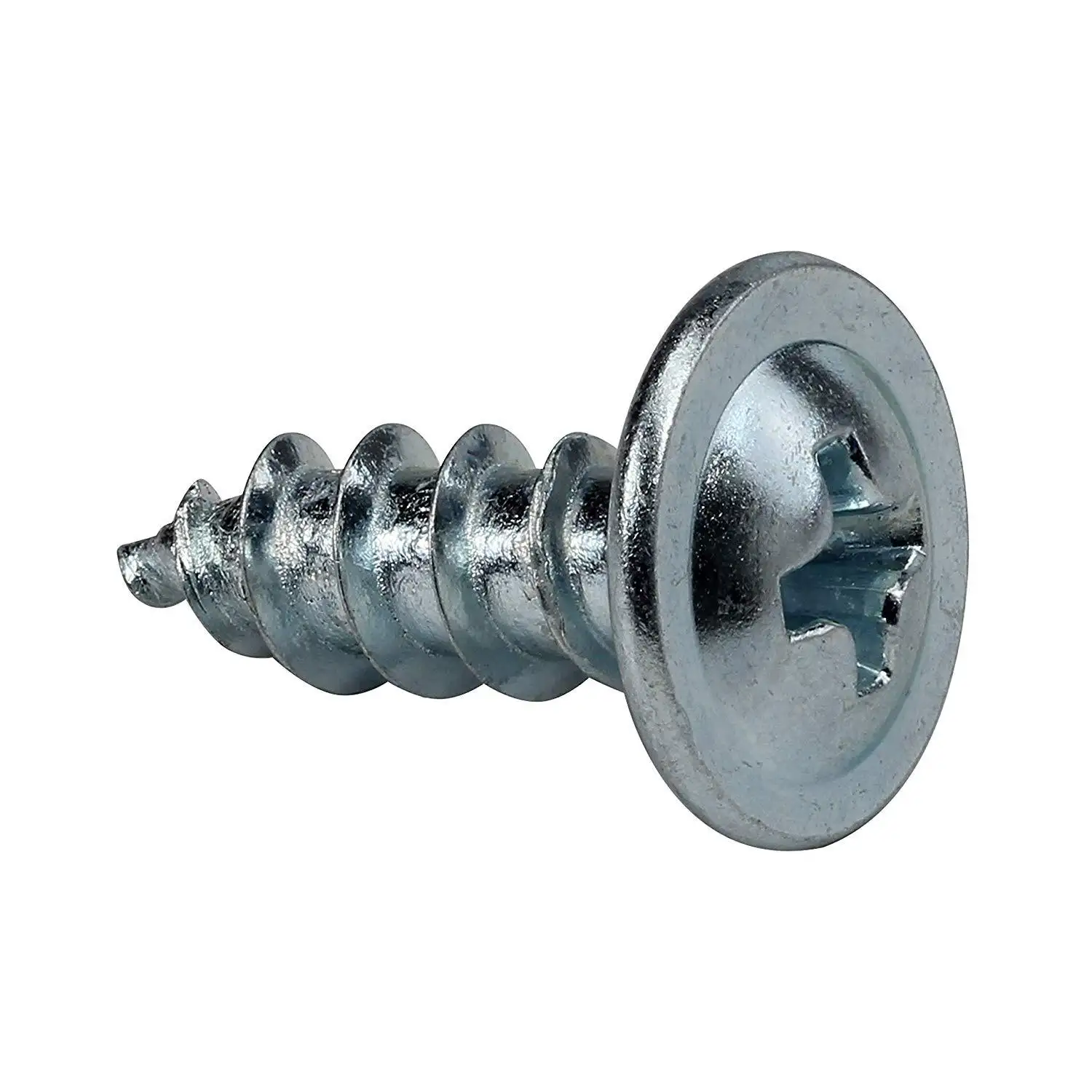wood screw vs self tapping screw suppliers
Understanding Wood Screws vs. Self-Tapping Screws A Guide for Suppliers
When it comes to sourcing fastening solutions for different projects, suppliers often face the decision of choosing between wood screws and self-tapping screws. Each type of screw has its unique applications, benefits, and limitations. Understanding the distinctions between these two types of screws is crucial for suppliers to help customers make the right choice for their specific needs.
What are Wood Screws?
Wood screws are designed specifically for use in wooden materials. They typically feature a tapered shaft, coarse threads, and a sharp point that allows for easy penetration into wood without the need for pre-drilling. The design of wood screws ensures a solid grip by creating a tight fit, which is crucial for holding together wooden structures.
Wood screws come in various lengths and diameters, ranging from small screws used in delicate tasks to larger, heavier screws intended for demanding applications. Moreover, they are often made from materials like steel, brass, or stainless steel, and can have various finishes to protect against rust and corrosion.
What are Self-Tapping Screws?
Self-tapping screws, on the other hand, are designed to create their own pilot hole as they are driven into materials, including metal, plastic, and wood. They feature a sharper point and a unique thread design that allows them to cut through material effortlessly. This characteristic eliminates the need for pre-drilling, making self-tapping screws a time-efficient option for many projects.
Self-tapping screws come in two primary types thread-forming and thread-cutting. Thread-forming screws displace material to create a thread, while thread-cutting screws remove material to form a thread. The choice between these depends on the application, material thickness, and the desired holding strength.
Key Differences Between Wood Screws and Self-Tapping Screws
1. Application As the name suggests, wood screws are ideal for wooden applications, while self-tapping screws are versatile and can be used across a range of materials. This key distinction helps suppliers identify the appropriate screw type for specific customer requirements.
2. Installation Method Wood screws usually require a pilot hole for easier installation, especially in harder woods, while self-tapping screws are engineered to cut into the material directly. This makes self-tapping screws more straightforward to use in many applications, particularly for those who regularly work with metal or thicker materials.
wood screw vs self tapping screw suppliers

3. Thread Design Wood screws feature deeper, more pronounced threads designed for maximum grip in wood, whereas self-tapping screws have finer threads aimed at cutting through hard materials. This difference impacts the holding strength and durability of the screws in various applications.
4. Material Compatibility Although wood screws are primarily used for wood, they can also be effective in softer materials. Self-tapping screws, however, are used in a broader range of materials, including metal and plastics, making them a versatile choice for industries such as construction and manufacturing.
Choosing the Right Screw for Your Project
When advising customers on screw selection, suppliers should consider several factors
- Material Compatibility Understanding the material that needs fastening is essential. If the material is wood, wood screws might be the best option. If the project involves metal or a mix of materials, self-tapping screws would be more appropriate.
- Load Requirements Depending on whether the project will bear significant loads or stress, one screw type may provide better support than the other.
- Ease of Installation If the project requires quick assembly and minimal tooling, self-tapping screws may provide a significant advantage.
- Project Longevity Discussing the environmental exposure of the project can guide the selection of screws with appropriate coatings or materials to prevent corrosion and ensure durability.
Conclusion
Understanding the differences between wood screws and self-tapping screws equips suppliers to better serve their customers. By offering insights into the applications, installation methods, and materials associated with each type, suppliers can effectively guide their customers to make informed, suitable choices for their projects. Ultimately, this not only helps in fulfilling immediate needs but also builds long-term customer trust and satisfaction. With a clear grasp of these fastening solutions, suppliers can enhance their offerings and support customers in achieving successful outcomes in their projects.
-
Top Choices for Plasterboard FixingNewsDec.26,2024
-
The Versatility of Specialty WashersNewsDec.26,2024
-
Secure Your ProjectsNewsDec.26,2024
-
Essential Screws for Chipboard Flooring ProjectsNewsDec.26,2024
-
Choosing the Right Drywall ScrewsNewsDec.26,2024
-
Black Phosphate Screws for Superior PerformanceNewsDec.26,2024
-
The Versatile Choice of Nylon Flat Washers for Your NeedsNewsDec.18,2024










